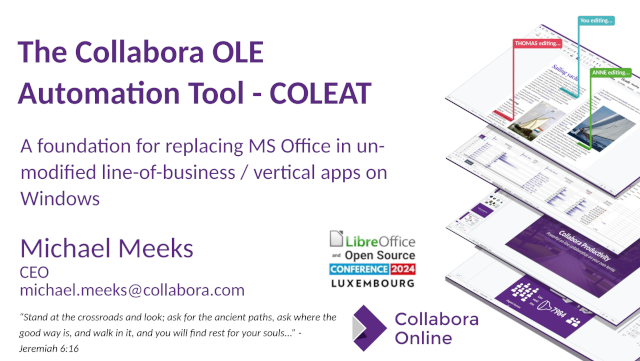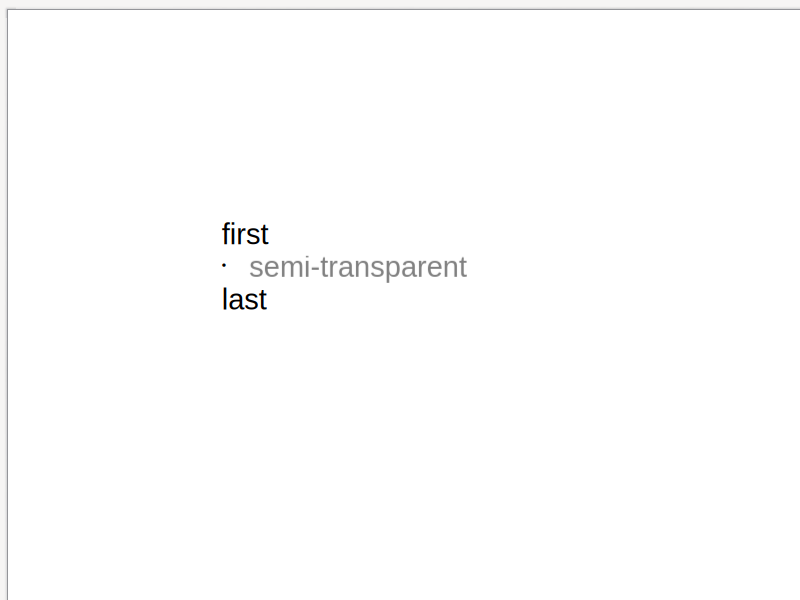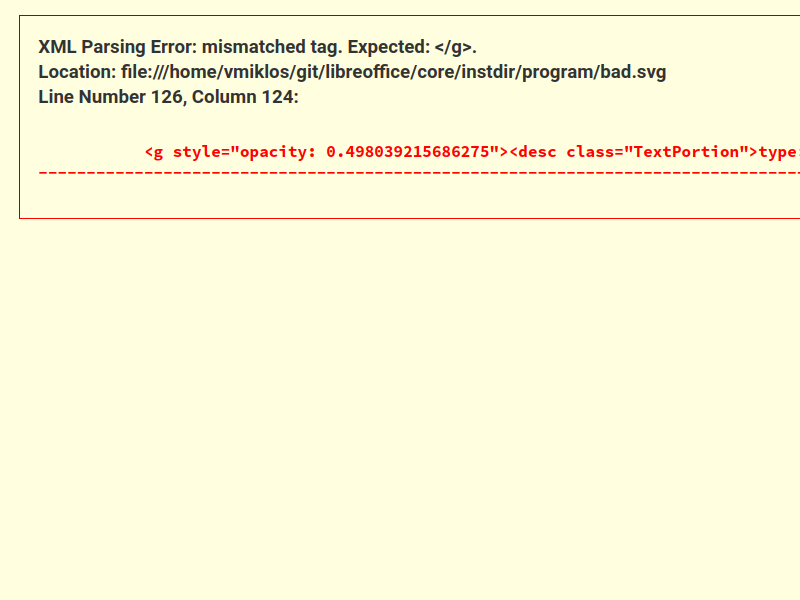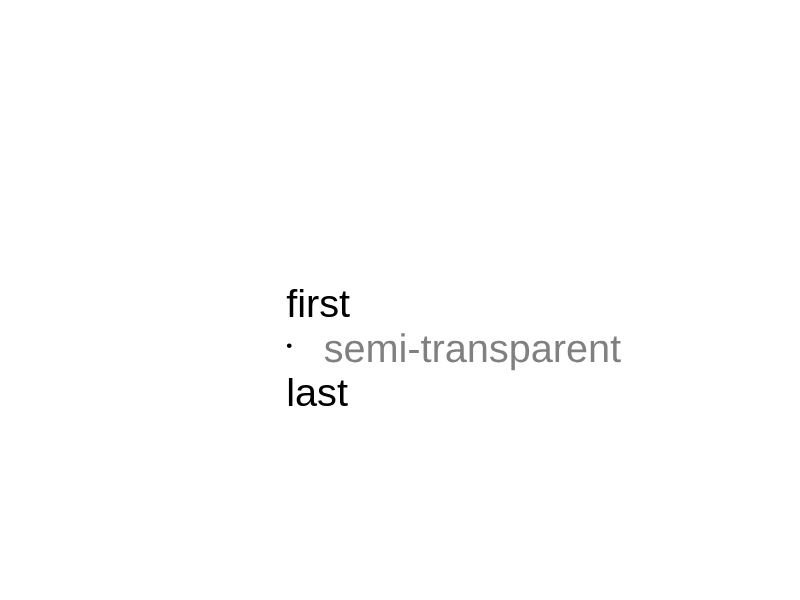
On September 21, free and open source software (FOSS) enthusiasts celebrated the 21st worldwide Software Freedom Day. Our community members in Nepal were not behind with the celebrations either: they were active supporting small open source communities and connecting them for the greater good in the LibreOffice community. Here’s their report:
Suraj Bhattarai, LibreOffice liaison in Nepal, was available at the LibreOffice booth at the Software Freedom Day celebration by Open Source Klub (NOSK) at Nepal College of Information and Technology (NCIT), Lalitpur.
He described how the LibreOffice booth was so busy and engaging. In particular, the LibreOffice community supported the event with fun games, swag, candies, and engagement – all while advocating for the best free and open source office suite. The booth included amazing LibreOffice merchandise, such as T-shirts, tote-bags, water-bottles, round pin plastic badges, flyers, a variety of stickers, beer mats, candies, and so forth.

The booth had a LibreOffice crossword game, and showed LibreOffice 24.8 on a display for hands-on testing. There was also a presentation deck for newbies, and some verbal support/assistance to improve the LibreOffice experience and customization for easier navigation within the user interface. Suraj also mentioned that around three quarters of the people who appeared at the booth for a quick “hello” mentioned hearing about or knowing and using LibreOffice in their home or workspace.

The event was mainly joined by students across Kathmandu valley, open source contributors, club alumni, and veteran FOSS contributors/kickstarters in Nepal. Apart from the event itinerary and other activities, the LibreOffice “paper plane contest” received major attention and everyone seems to have enjoyed their paper plane flight to software freedom!
The winner was awarded a 750ML aluminum water bottle, with the LibreOffice logo printed on it. Suraj concluded the competition with the 3R principle and the analogy of releasing paperwork and transitioning to digital open source office suites for document-related work pieces. The college administration expressed some interest in replacing Microsoft Office and migrating the campus computers to LibreOffice suite.

Similarly, Suraj also delivered a recorded talk named “Diversity, Inclusion and Community Model in Free Software Communities” at Birendra Multiple Campus, Chitwan. There, the Software Freedom Day celebration was hosted by the Birendra Open Source Club (BOSC) with support from the LibreOffice community.
The aim of the talk was to deepen and bridge the relationship of the club with the LibreOffice community and LibreOffice activities/contributions in the future. Previously, the club contributed greatly to the success of a local event: the LibreOffice Localization Sprint 2023. Achyut Koirala, the acting president of the on-campus club, represented the LibreOffice community there.
While Suraj himself couldn’t be present, Achyut Koirala together with Shreeram Lamichhane communicated the positive feedback from the recorded talk Suraj had shared. As a closing remark, Achyut thanked the LibreOffice community as a whole for the inclusive community model and for welcoming their community into the project.

And finally, Nirjal Bhurtel, representing LibreOffice’s local community, did the same at Kathmandu University …



















 Bugdoc: original Impress render
Bugdoc: original Impress render Bugdoc: old SVG render
Bugdoc: old SVG render Bugdoc: new SVG render
Bugdoc: new SVG render










